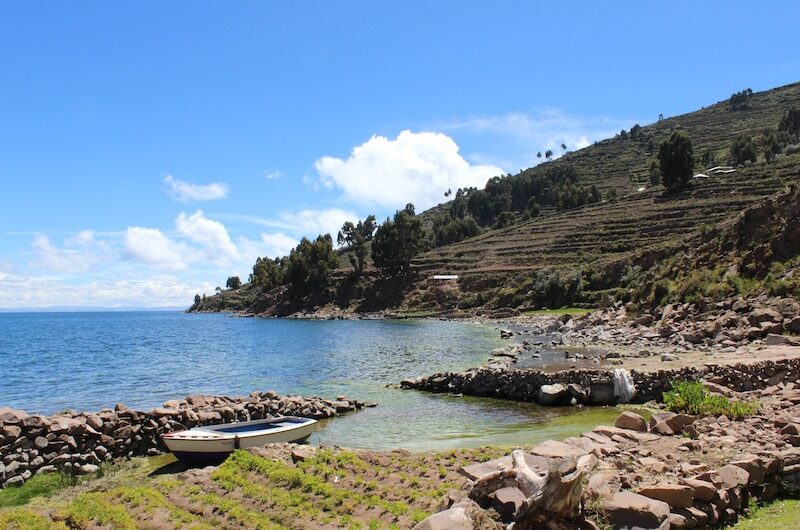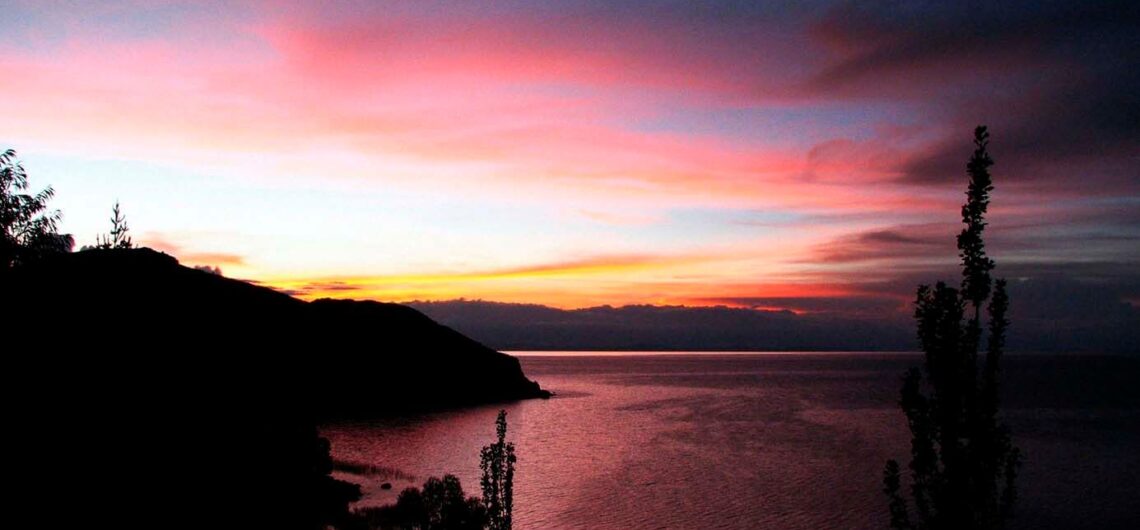Taquile Island On a recent visit to the expansive and picturesque Lake Titicaca, James and I were rewarded with a visit to a community unlike any other that we had experienced before. Although much of the area is associated with inauthentic gimmicks aimed at attracting tourists, as Marisol described in…
By Marisol Mosquera Lake Titicaca experience I have visited Lake Titicaca a number of times, mostly on the Peruvian side but also on the Bolivian one. There are many ways to visit the lake on the way from Bolivia to Peru, from Peru to Bolivia as well as while visiting…
Aracari discovered during a recent visit to Lake Titicaca that the Victorian steamship Yavari has now been refurbished as a bed & breakfast.
Aracari’s Founder and CEO, Marisol Mosquera, shares her thoughts on her recent visit to Suasi Island Lodge, an eco-island getaway and one of the best places to stay on Lake Titicaca. Suasi Island: A retreat in Lake Titicaca During my recent visit to Suasi Island (February 2008), I experienced what had…
The Ship, The Lady, and the Lake follows the extraordinary account of Meriel Larken’s quest to restore the “Yavari” steamship in Peru’s Lake Titicaca. The story vividly describes her account of finding the decrepit ship rotting away in the Lake, how she discovered the ship’s incredible history, and her project…



